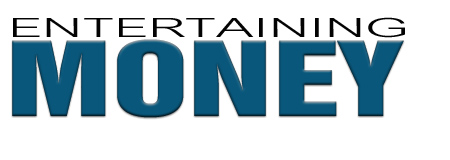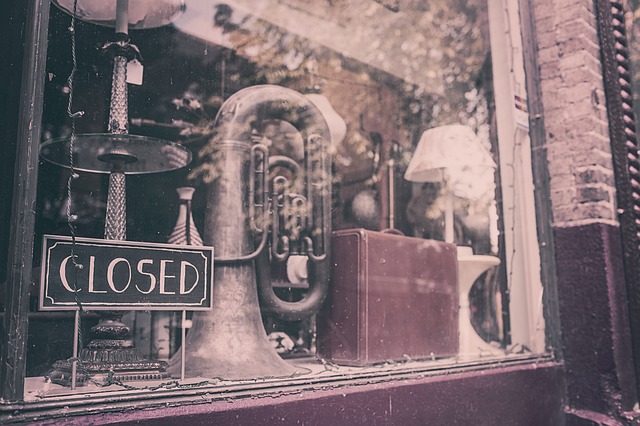Experts Say Save Money… Here’s Why They’re Wrong
Many people are taught to get out of debt and to save money for the long term. “A penny saved is a penny earned,” goes the saying. I would assume this saying originated at a time when carriages were drawn by horses and sanitation wasn’t on par with present standards. Today, however, we live in the Information Age. In other words, things have changed. And one of the things that’s changed is our monetary system.
Our monetary system changed in 1971 when the US dollar was taken off the gold standard. At that point, the dollar stopped being money and became a currency. The significance of this change is huge. Some have grown wealthier by it, while many others have seen their wealth destroyed. The mistake that so many people made was treating the US dollar, now a currency, like money.
MONEY VS. CURRENCY
A currency is everything that real money is except one key thing: a store of value. True money is a store, or “keeper,” of value. Think of value as purchasing power. As an example, if X amount of dollars bought you 10 donkeys, 30 years later that same X amount of dollars would still buy you 10 donkeys. The money retained its purchasing power over that span of time. Currency works quite differently. It is designed to lose its value over time.
Here’s a real life example:
According to the US Census Bureau, the cost to purchase the median new US home in 1971 was $25,200. (Keep this in mind: The cost of a median brand new house was $25,200.) Now let’s demonstrate the destructive effects of the loss of purchasing power. In 2010, the median cost of a new house was $221,800.
Did you catch what happened? The amount of money – pardon me, currency – that used to purchase a brand new median house forty years ago, $25,200, now only buys you approximately 11% of a brand new median house today. That’s a loss in purchasing power of over 88%! Putting it in another light, if a person saved $25,200 in a bank account in 1971, considering no interest payments, more than 88% of its purchasing power has been destroyed. Gone. Poof. Vanished! That’s a huge cost of not knowing the difference between money and currency, and saving currency.









